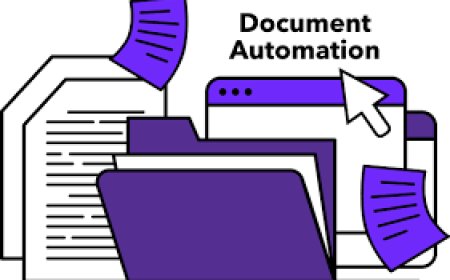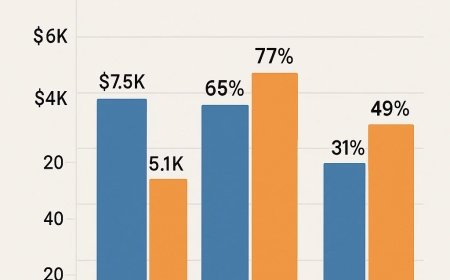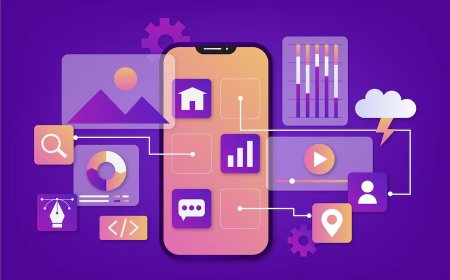What Are the Common Side Effects of Banocide Forte?
Banocide Forte is a well-known antiparasitic medication primarily used to treat filariasis, loiasis, tropical eosinophilia, and other worm-related infections caused by microfilariae.
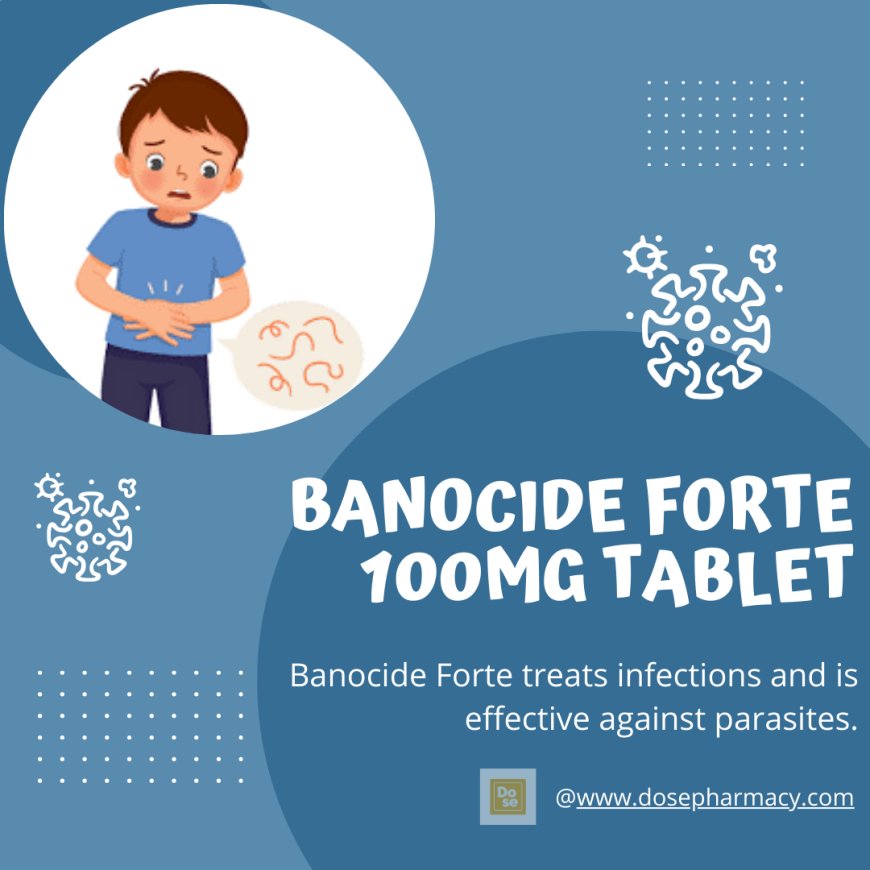
Introduction
Banocide Forte is a well-known antiparasitic medication primarily used to treat filariasis, loiasis, tropical eosinophilia, and other worm-related infections caused by microfilariae. The active ingredient, diethylcarbamazine over the counter(DEC), works by targeting and killing parasitic worms in the bloodstream and lymphatic system.
While highly effective in treating parasitic infections, Banocide Fortelike most medicationscan cause side effects in some individuals. Understanding these side effects can help you manage them better and seek medical attention when necessary. In this article, well explore the most common, less common, and rare but serious side effects of Banocide Forte, along with tips for managing them.
? How Banocide Forte Works
Banocide Forte works by sensitizing microfilariae (the larval forms of parasites) to immune system attacks, causing them to be eliminated from the bloodstream. It also affects the muscular activity of parasites, paralyzing and ultimately killing them. Its most commonly used in areas where lymphatic filariasis is endemic.
? Common Uses of Banocide Forte
-
Lymphatic filariasis (elephantiasis)
-
Loiasis (African eye worm)
-
Tropical pulmonary eosinophilia
-
Toxocariasis
-
Onchocerciasis (with caution)
-
Other helminthic infections
Because Banocide Forte acts on parasites that circulate in the blood or lymph, side effects often arise as a result of the bodys reaction to dying parasites, not the drug itself.
?? Common Side Effects of Banocide Forte
Many side effects of Banocide Forte are mild and temporary, especially in the early days of treatment. These may include:
1. Fever
-
One of the most frequently reported side effects.
-
Often occurs as the body reacts to dying parasites.
-
Can appear within a few hours to a couple of days after the first dose.
2. Headache
-
May be mild to moderate.
-
Usually improves as the body adjusts to the medication.
3. Nausea and Vomiting
-
Gastrointestinal upset is common, especially if taken on an empty stomach.
-
Taking Banocide Forte with food can help reduce this symptom.
4. Dizziness or Lightheadedness
-
May occur due to lowered blood pressure or body response to the drug.
-
Avoid driving or operating machinery if this occurs.
5. Loss of Appetite
-
A temporary side effect in some individuals.
-
Usually resolves within a few days.
6. Fatigue or Weakness
-
Can be related to both the medication and the underlying parasitic infection.
-
Should lessen as treatment progresses.
? Less Common Side Effects
These occur less frequently but may still affect some patients:
7. Skin Rash or Itching
-
May be due to an allergic reaction or the release of parasite antigens.
-
Can be treated with antihistamines if mild.
8. Joint or Muscle Pain
-
Due to inflammatory response to the dying parasites.
-
Often self-limiting.
9. Abdominal Pain
-
Related to gastrointestinal irritation or inflammatory processes.
-
Taking the tablet with food may help.
10. Chills and Sweating
-
Similar to fever symptoms, usually part of the bodys immune response.
? Rare but Serious Side Effects
Though rare, serious side effects can occur and require immediate medical attention:
11. Allergic Reactions
-
Symptoms: swelling of the face, lips, or throat, severe itching, difficulty breathing.
-
Stop the medication and seek emergency help immediately.
12. Severe Skin Reactions (Stevens-Johnson Syndrome)
-
Extremely rare but life-threatening.
-
Symptoms include painful red or purplish rash, blistering, and peeling of the skin.
13. Vision Changes
-
May be linked to damage from parasite die-off near the eyes, especially in Loa loa infections.
-
Requires urgent medical evaluation.
14. Neurological Symptoms
-
Includes seizures, confusion, or unusual behavior.
-
More likely in patients with heavy worm burdens or certain neurological complications.
? Mazzotti Reaction: A Special Consideration
Some people experience a Mazzotti reactiona hypersensitive immune response to dying parasites. This is more common in people with heavy infestations, especially in cases like onchocerciasis.
Symptoms of a Mazzotti Reaction:
-
Intense itching
-
Swelling
-
Fever
-
Skin rash
-
Swollen lymph nodes
Though uncomfortable, this reaction usually subsides and can be managed with supportive medications like antihistamines or corticosteroids.
? Is Banocide Forte Safe for Children?
Yes, Banocide Forte is used in pediatric populations to treat worm infections, but dosage is based on body weight and age. Side effects are generally similar to those in adults, but children may be more sensitive to gastrointestinal upset and fever.
? Tips to Manage Side Effects
Here are some practical tips for minimizing and managing side effects:
-
Take with food to reduce stomach upset.
-
Stay hydrated, especially if experiencing fever or vomiting.
-
Avoid strenuous activity if feeling weak or dizzy.
-
Monitor for allergic reactions, especially during the first few doses.
-
Inform your doctor of any unusual or severe symptoms immediately.
-
Do not stop the medication without medical adviceeven if you feel unwell.
? When to Contact Your Doctor
Call your healthcare provider if you experience:
-
Severe rash, itching, or skin blistering
-
Difficulty breathing or chest pain
-
Sudden vision changes
-
High fever that doesnt improve
-
Persistent vomiting or diarrhea
Early intervention can prevent complications.
? Where to Buy Banocide Forte
Banocide Forte is available with a prescription and can be purchased at local pharmacies or online. For convenience, you can buy Banocide Forte online from Dose Pharmacy and save 5% using the promo code: FLAT5.
? Final Thoughts
Banocide Forte is a proven and effective antiparasitic treatment used globally for various worm infections. While most side effects are mild and short-lived, understanding what to expect and how to manage them helps ensure a safer, smoother treatment experience.
By staying informed and following your healthcare providers guidance, you can effectively treat parasitic infections and reduce your risk of complicationsboth from the disease and the medication.






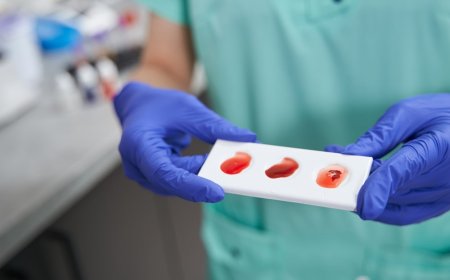

&srotate=0)









